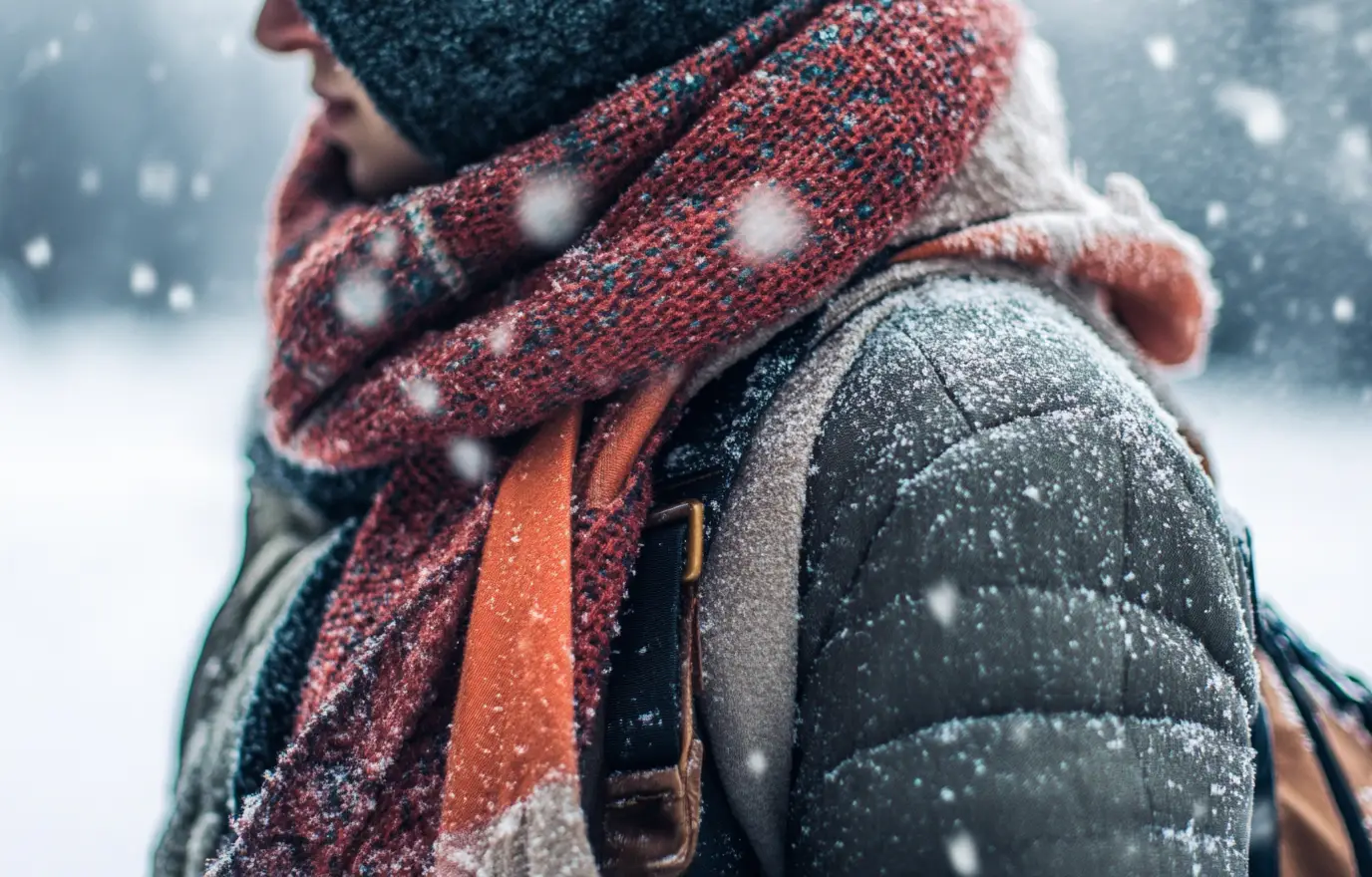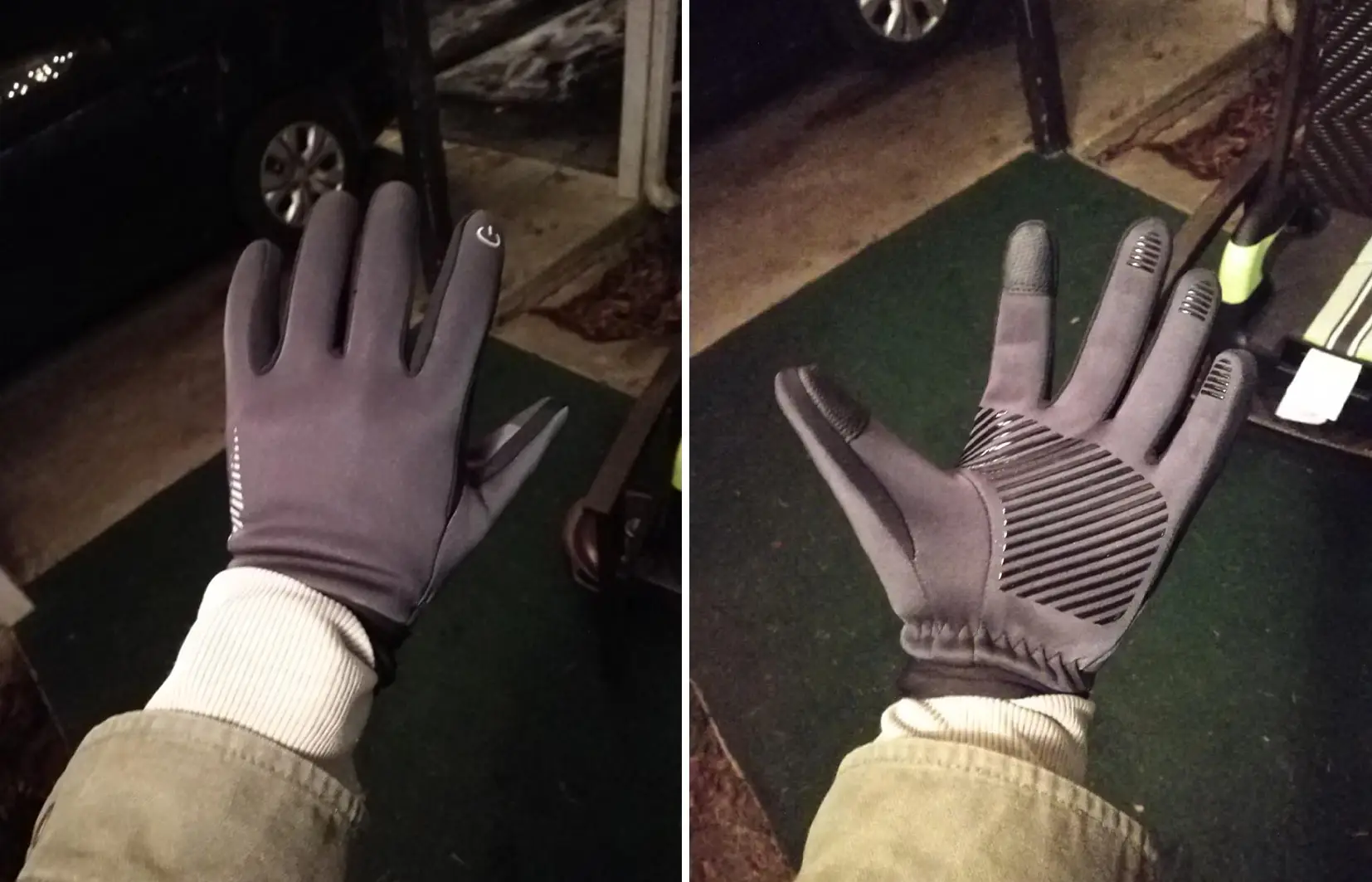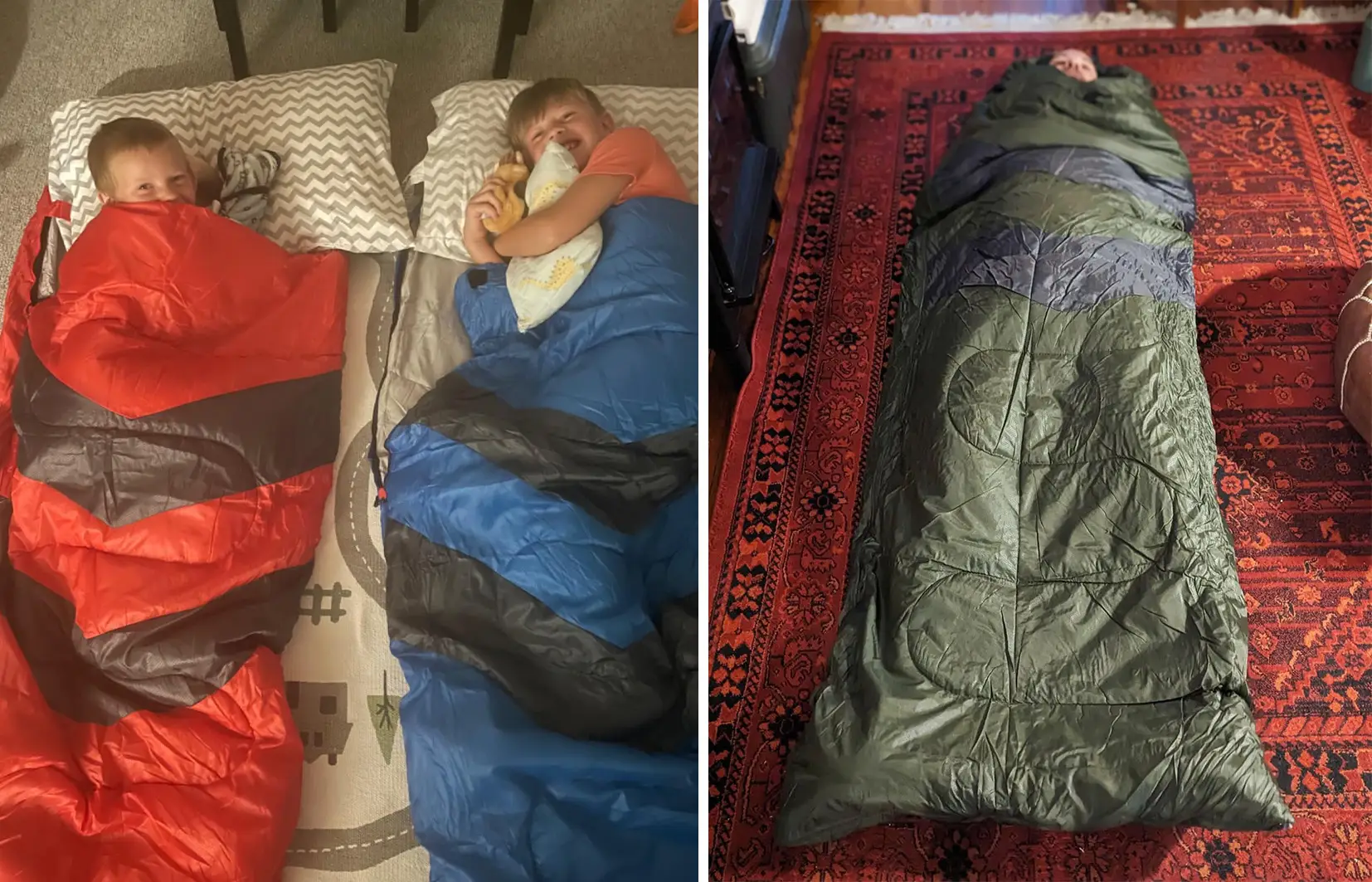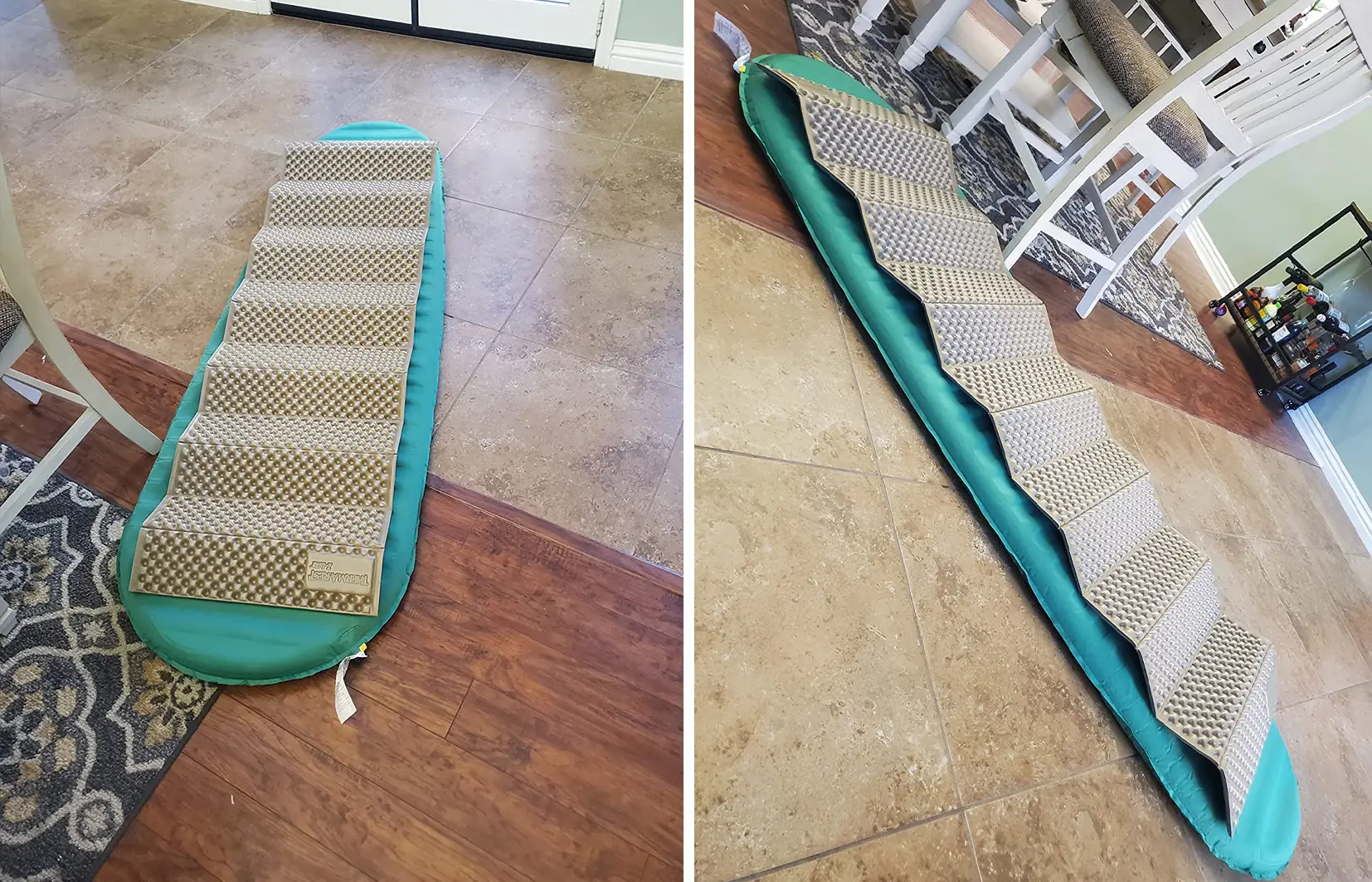Be Ready for Anything: Cold Weather Survival Guides
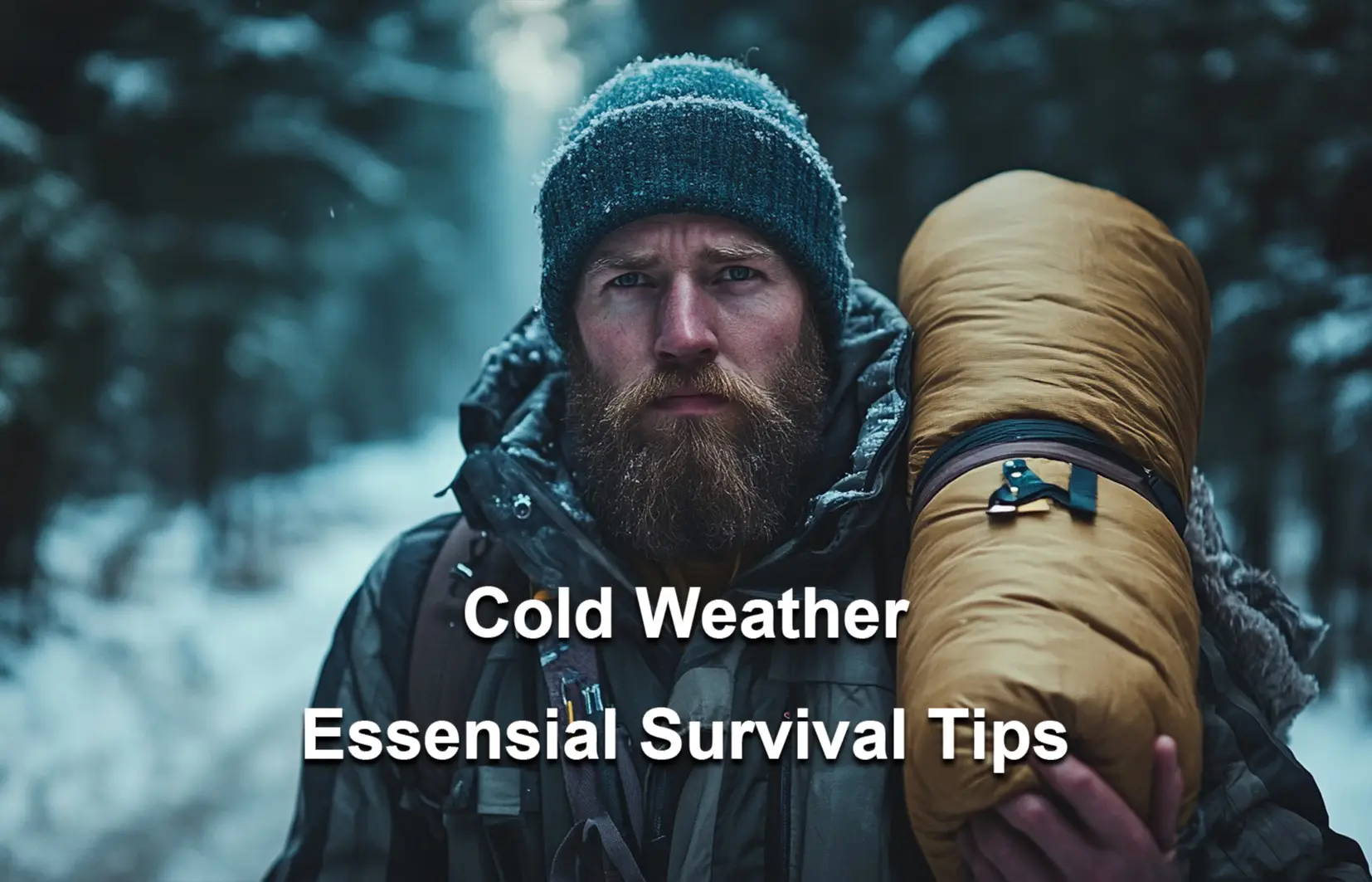
As Hurricane Milton bears down on Florida, many people are preparing for the worst. But when the storm passes, the aftermath can leave you in harsh, cold, and unpredictable environments, especially if you're stranded or displaced. The fear of freezing, losing sleep, and feeling helpless in the cold can stop many from taking action to safeguard themselves during the hurricane's tail-end. Whether you're dealing with storm recovery or find yourself in cold conditions, learning survival strategies is crucial. In my survival classes, I teach practical ways to stay warm and safe. Let’s dive into some essential tips to ensure that, no matter where you find yourself after a storm, you can keep the cold at bay and protect yourself.
RELATED: The Essential Winter Warmth Guide: Making Your Winter Less Cold
Clothing: Your First Line of Defense
Many people think their clothing keeps them warm, but it’s actually the dead air space that does the trick. Clothing traps a layer of warm air close to your body, which you generate through movement.
I recall playing in the snow as a kid in Michigan. When my feet got cold, I put on extra socks and crammed my feet back into the same boots. Instead of warmth, I got colder due to reduced circulation. Opt for looser, fluffy socks and a half-size larger boot to stay warm.
Remember the acronym RRECC for heat loss: Radiation, Respiration, Evaporation, Convection, and Conduction. To combat these losses, I avoid tight-fitting winter gear. Baggy jackets allow for layering and insulation with leaves or other debris when needed.
RELATED: 15 Essential Products You're Likely to Need This Winter — We Have a Talent for This!
In SERE training, we follow the C.O.L.D.E.R. principle for clothing:
- Clean: Dirt can slice up fibers and conduct heat away faster.
- Overheating: Sweating wastes energy and increases hypothermia risk.
- Loose: Loose and layered clothing creates dead air space.
- Dry: Keep clothes dry. If wet, dry them quickly using techniques like wearing damp clothes while moving to generate heat.
- Examine: Assess what’s working and adjust accordingly.
- Repair: Fix any damage to your clothing immediately to avoid losing heat.
RELATED: 8 Cozy Winter Bedroom Collection: Essential Home Furnishing Items
Sleeping Systems: The Key to Restful Warmth
A well-constructed sleep system is vital. However, too much dead air space can be counterproductive. I’ve used oversized sleeping bags effectively by turning them inside out, tying the bottom, and creating a snug area around my feet with my rain gear.
RELATED:Tornado Watch Sparks Concern Across the U.S. Midwest
In survival situations, rely on a closed-cell foam sleeping pad. These are reliable, unlike inflatable pads, which can fail or trap cold air. If you prefer the comfort of an inflatable pad, ensure it has a high R-value or pair it with a non-inflatable pad.
Hydration: Essential for Survival
Staying hydrated is crucial, but many water filters fail in freezing temperatures. Know which winter water sources are safe and carry chemical purification options. Fill water bottles with air space at the top to prevent cracking when they freeze, and use techniques to keep them from freezing solid, such as adding hot water and burying them in snow
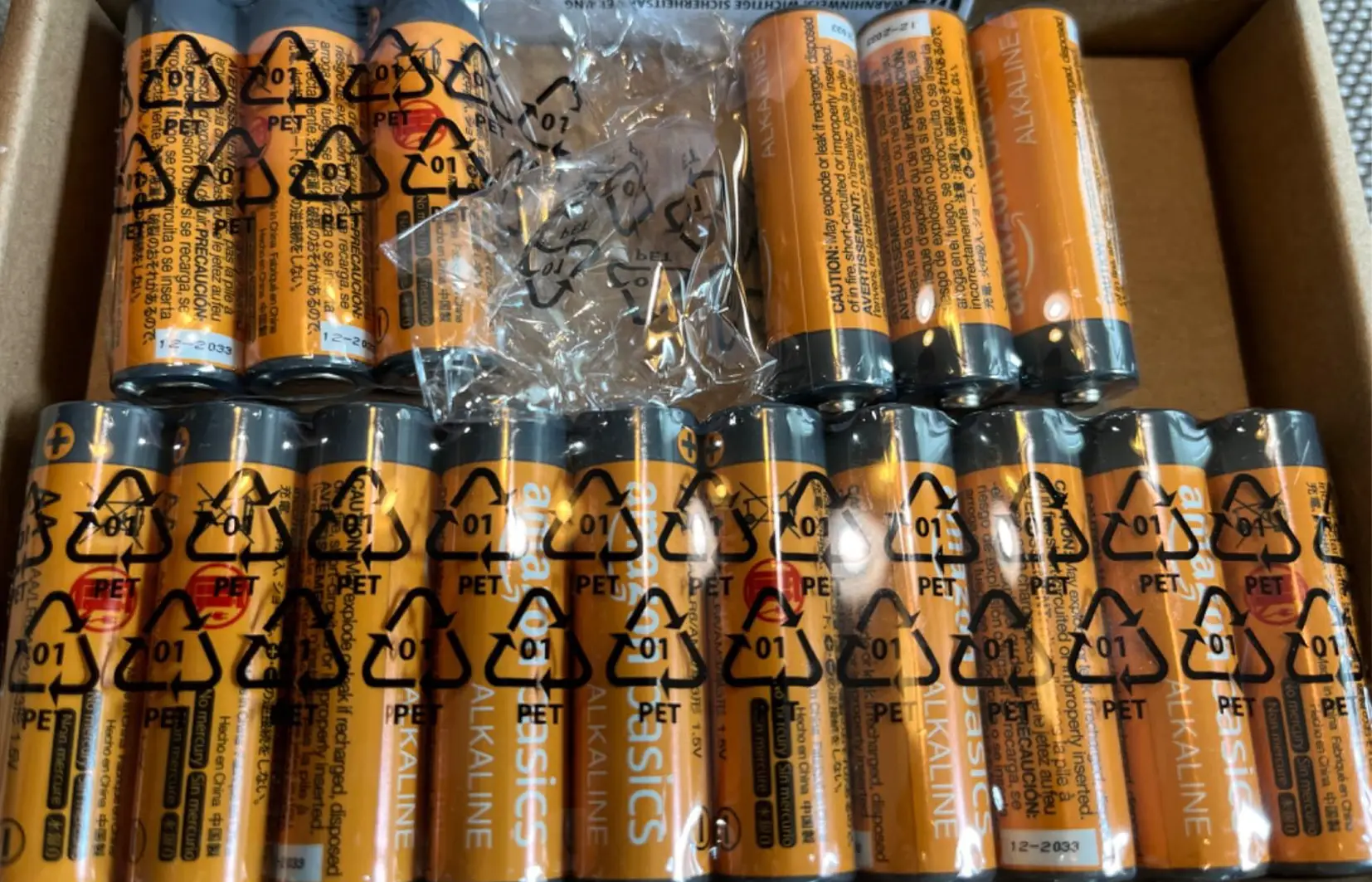
Electronics: Protect Your Power Source
Freezing temperatures can damage batteries, a critical risk in survival situations. Keep batteries next to your body for warmth. If possible, remove them from devices and only insert them when needed. Keep devices off and warm to ensure they function when you need them most.
With the recent impact of Hurricane Milton in Florida, it’s clear that extreme weather can strike unexpectedly, and being prepared is essential. Just as we adapt our strategies for winter survival, the same principles apply during hurricane season. Equip yourself with the right gear, stay informed about weather conditions, and practice essential survival skills.
Whether you’re braving the cold in the mountains or preparing for a storm, staying warm and safe is crucial. Keep these tips in mind, and you’ll be ready to tackle whatever nature throws your way. Stay warm, stay safe, and enjoy the beauty of the winter wilderness!






